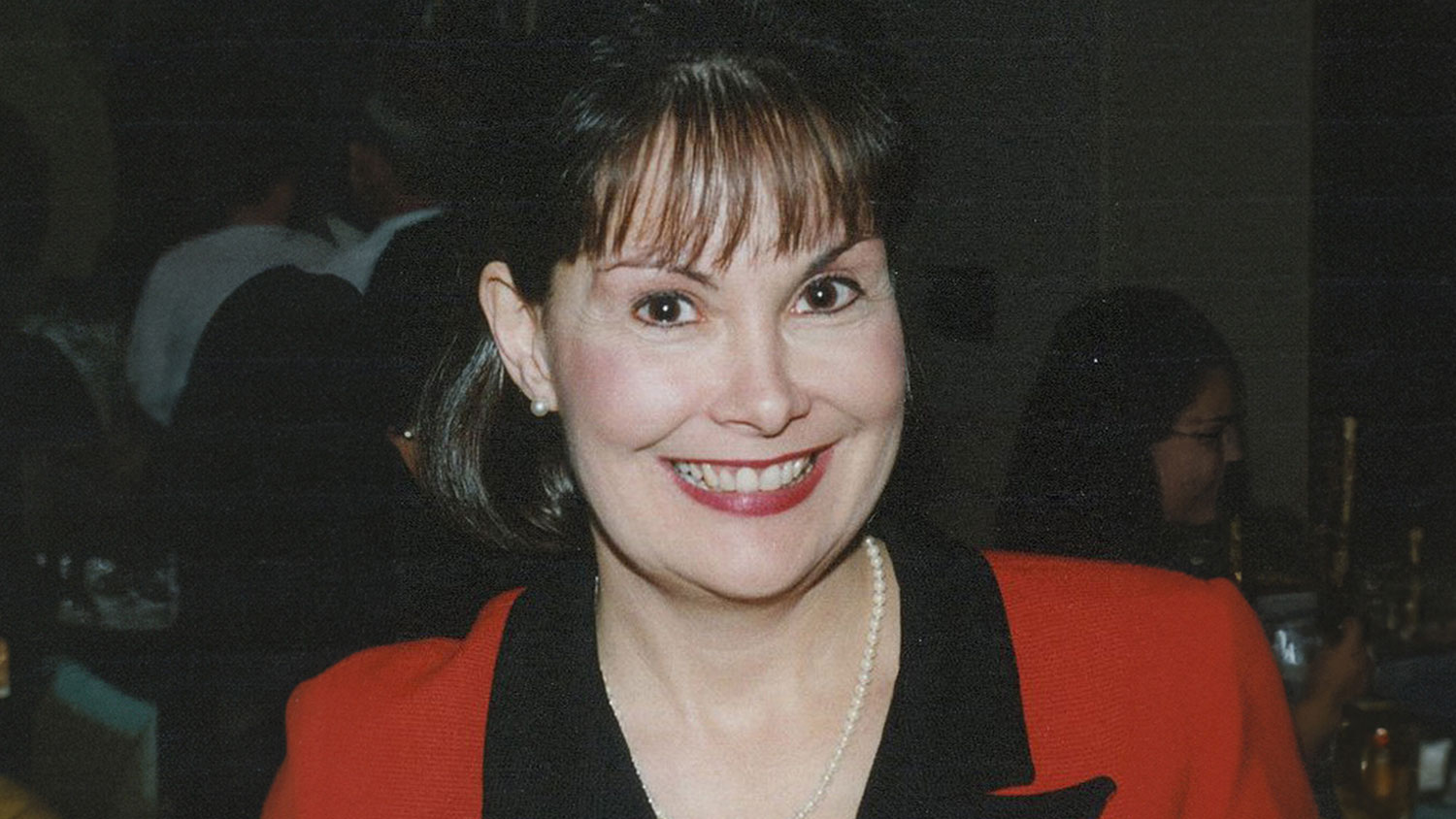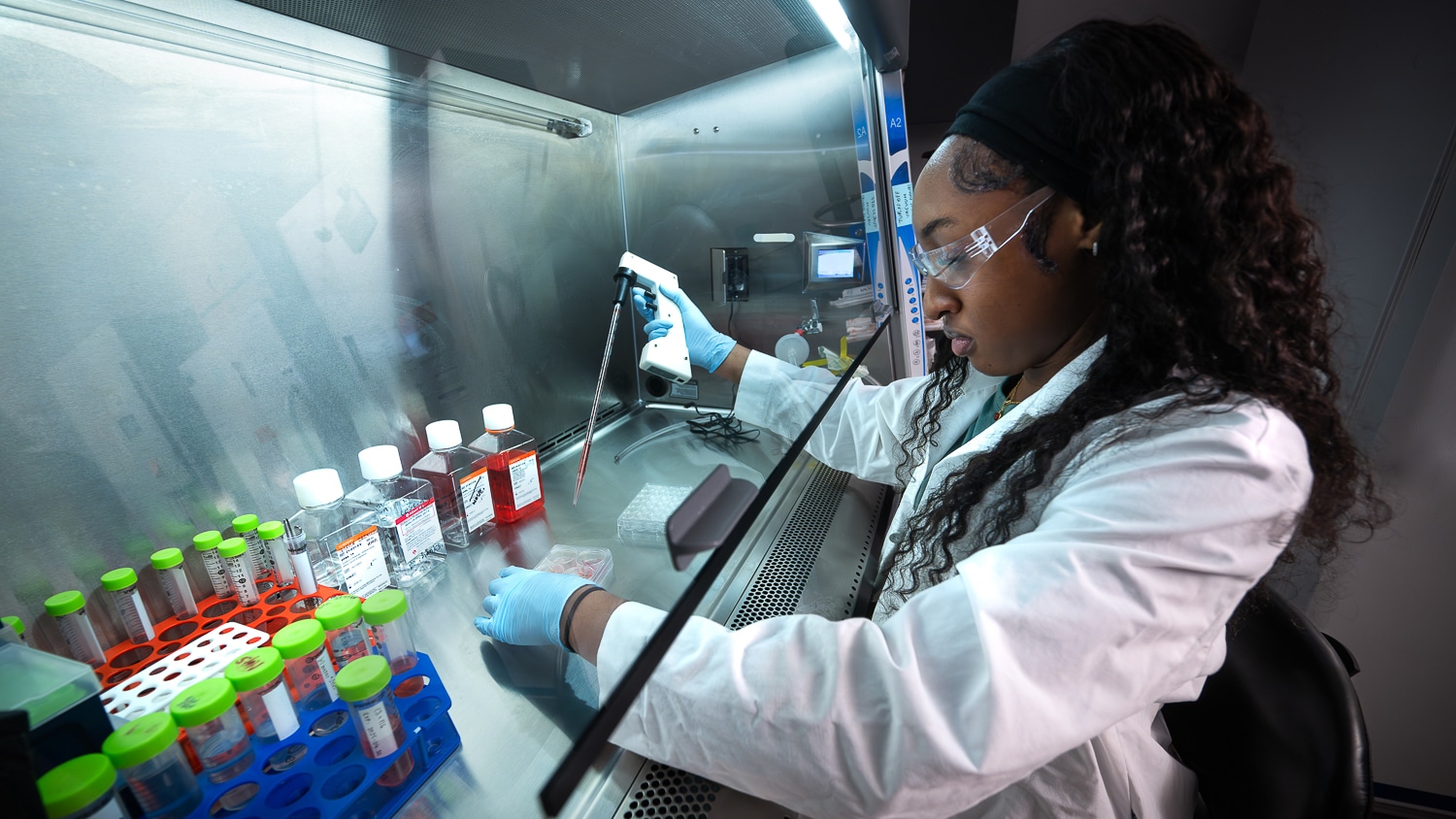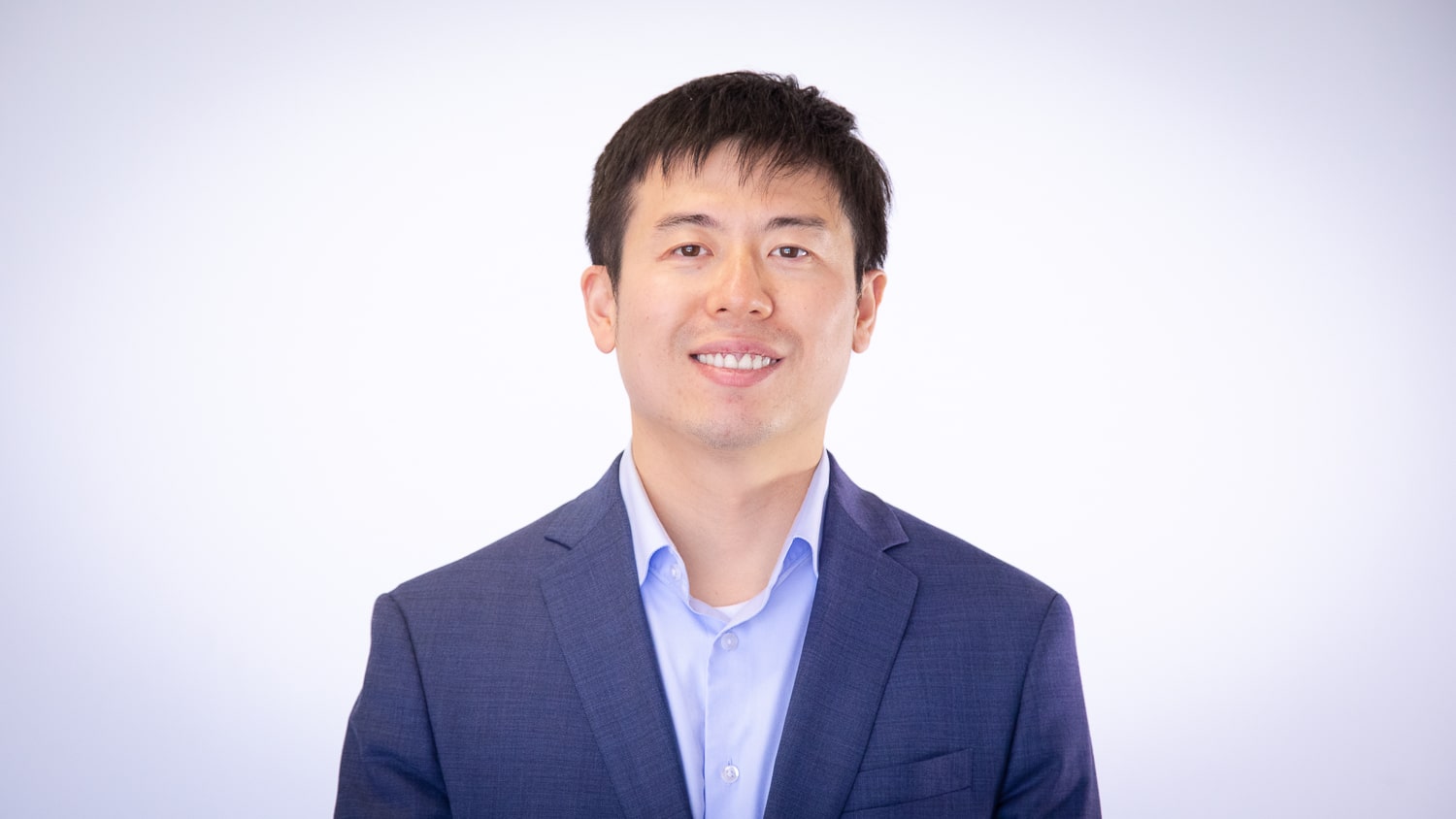Upward Force

By Cameron Walker
A good researcher sets out to solve a problem with curiosity, initiative, diligence and optimism. Alumna and graduate student Sophie Nunno-Gorbachev has drawn on these traits in her quest to design a supportive bra for those with larger cup sizes — a bra that will reduce pain and improve the lives of its wearers. Over the past several years, she has crunched reams of quantitative data, sifted through hundreds of survey responses, inspected the range of bras on the market, consulted with experts and educated herself about human anatomy. Essentially, she became an authority on bras, from their construction to their perception to their effect on wearers’ bodies.
“The first thing that I did was to study how bras affect the body anatomically and to meet with a chiropractor to see what muscles and bones are affected by using a bra,” she said. “Basically, what happens is that the muscles in the front of the body — the pectoralis major, the sternocleidomastoid and the deltoid — become under-stretched and the muscles in the back of the body — the trapezius, the levator scapulae and the rhomboids — become over-stretched, and that’s basically because the weight of the breast pulls the body forward into flexion.”

This causes a range of problems, including back, neck and shoulder pain, as well as headaches.
“My conclusion from this is that the idea for a support bra would be to bring the body back to an overall state of muscle synchrony — bring the shoulders back and the chest upwards and basically realign the muscles [and] bring them back to balance,” said Nunno-Gorbachev.
Next, she analyzed her survey data to understand how bra wearers felt about their bras. Out of 778 usable responses, she found that an average of 67.56% of bra wearers found their bras to be bothersome; this bra dissatisfaction increased with cup size.
“Imagine if you hated your socks that much,” she said. “Even a small improvement could definitely help a lot of people.”
Wearers reported they were frequently bothered by their bra straps.
“Basically, if you think about the breast as a perpendicular object to the body, exerting a force downward, the idea for a supportive bra would be to counteract that downward force, because that’s the issue,” she said. “The idea is to counteract that force with an upward force, either from above or below. Now, the main idea is pulling from above with the straps. Usually, the straps are the biggest negator of that force; we rely on the straps to hold [breasts] up…but the problem with that is that the straps overlay a really weak muscle called the supraspinatus, which is this tiny muscle that gets sore when bra straps dig into it.”
Survey respondents were also irritated by their underwire, although they had a complicated relationship with the component.
“Some women will never buy bras with an underwire, and some women reported that they will always buy bras with an underwire…but they still don’t like their underwire,” she said. “It’s almost 2020. We’ve sent people to the moon and we’ve dug holes five miles deep into the Earth. I think we could do this…There needs to be an improvement in underwire design, because right now it’s a metal u-shaped device. There has to be a better design, a better shape — maybe a better material — to support the breasts.”
She launched her project under the advisement of Cynthia Istook, Cornelson Distinguished Professor of Textile and Apparel Design, while working toward her B.S. in Fashion and Textile Management (FTM); her poster outlining her bra research won first place at the Textiles Research Open House last spring, and she has presented at several conferences, including the 2019 ACC Meeting of the Minds at the University of Louisville in Kentucky. She graduated in May 2019 and is currently advancing her bra design research while simultaneously pursuing a graduate degree (she is currently enrolled in the Master of Science in Textiles program, but plans to transfer into the Ph.D. in Textile Technology Management program in the spring) and working as a research and development intern with HanesBrands.
Nunno-Gorbachev first interned with HanesBrands in the summer of 2018, working with proprietary technology to develop a supportive bra for the full figure market. They asked her to return as a part-time employee during her senior year, and she continues to work on a bra design project for the company.
“I can’t imagine a project that more perfectly combines design and engineering and all of my interests, plus I get to work with a company and get real industry experience instead of just theorizing,” she said. “I’m really happy to be doing this.”
She plans to concentrate on 3D applications for garments as she works toward her doctorate at the Nonwovens Institute (NWI) at the Wilson College of Textiles at NC State. Her Ph.D. program advisor is Behnam Pourdeyhimi, the Klopman Distinguished Professor of Textile Materials, associate dean for Industry Research and Extension and NWI executive director.
“I want to learn all about the methods of making nonwovens, because I think that it would help a lot with this project to learn about fiber orientation, melt blowing — all of it,” she said.
Once she has created a better bra, Nunno-Gorbachev is ready to take on a range of other frequently irritating products, including shoes and backpacks. She will tackle future designs with the same spirit of inquiry and rigor of research — and the belief that sometimes, you just need to approach a problem from a different direction.
- Categories:


